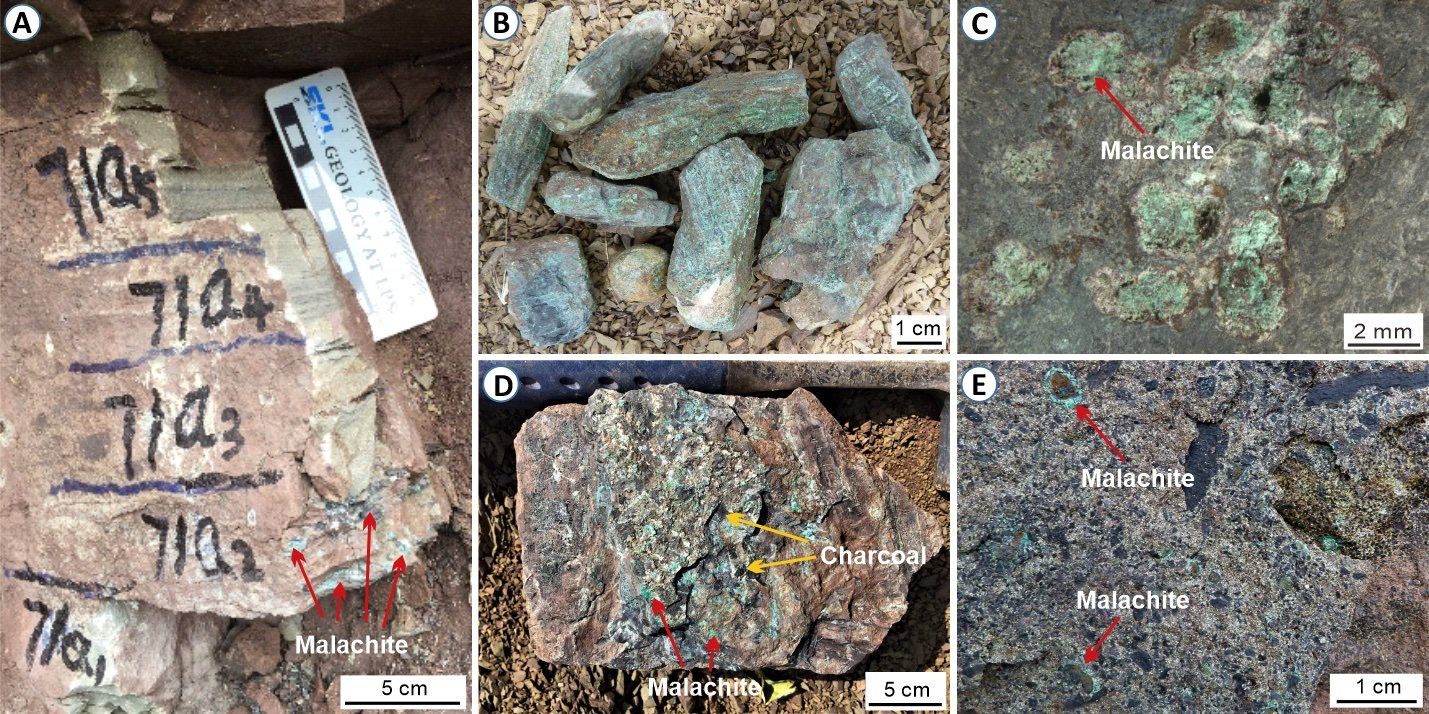(CN) — Researchers have determined that a volcanic eruption in southern China led to a “volcanic winter,” which lowered temperatures around the globe and may have significantly contributed to the largest recorded mass extinction event of the past 500 million years.
The end-Permian mass extinction wiped out nearly 90% of all life on earth and more than 80% of sea life, but scientists have been debating its root cause for decades. An international team of researchers from the U.S. and China, who analyzed minerals found in the soil around southern China to determine if that eruption contributed to the mass extinction, described their results in a study published Wednesday in the journal Scientific Advances.
“As we look closer at the geologic record at the time of the great extinction, we are finding that the end-Permian global environmental disaster may have had multiple causes among marine and non-marine species,” said Michael Rampino, a professor in New York University’s Department of Biology and a co-author of the paper, in a related statement.
The dominant theory until now has been that a volcanic eruption in Siberia sent torrents of lava streaming across the Siberian Traps, a rocky region in the Russia, stressing the environment and ultimately leading to the end-Permian mass extinction. The Siberian eruption is believed to have spewed massive amounts of greenhouse and poisonous gasses into the air which caused temperatures to rise and eventually reduced oceanic oxygen levels, suffocating the vast majority of sea life at the time. However, new research shows that the volume of carbon dioxide which could have been emitted during that eruption wasn’t sufficient on its own to trigger the environmental changes associated with it.
“Sulfuric acid atmospheric aerosols produced by the eruptions may have been the cause of rapid global cooling of several degrees, prior to the severe warming seen across the end-Permian mass-extinction interval,” Rampino explained.
This combination of rapid cooling followed by rapid warming is thought to have inflicted a one-two punch that fragmented vital ecosystems and severely hampered the ability of most land and marine species to survive the ongoing environmental changes. With nowhere habitable left to flee, most species were unable to adapt to such rapid changes and died off en masse.
By studying mineral deposits found across southwest China, the authors concluded that the Siberian eruption probably wasn’t the sole cause of the end-Permian mass extinction, and determined that the eruption in southern China was likely a significant factor. The team found ash-covered, sulfur-rich copper and mercury deposits in the region, which originated around the same time the end-Permian mass extinction occurred in land animals. These deposits told the authors that the minerals found in Southern China were deposited by nearby volcanic eruptions and likely added to the extinction event.
“We report evidence of extreme Cu enrichment in the EPME [end-Permian mass extinction] interval in South China. The enrichment is associated with an increase in the light Cu isotope, melt inclusions rich in copper and sulfides, and Hg concentration spikes,” explain the authors in the study. “The Cu and Hg elemental and isotopic signatures can be linked to S-rich vapor produced by felsic volcanism. We use these new geochemical data to estimate volcanic SO2 injections and argue that this volcanism would have produced several degrees of rapid cooling before or coincident with the more protracted global warming.”
The discovery of copper mineralization and high concentrations of copper and mercury in southern China took researchers by surprise and could indicate explosive arc volcanism, according to Rampino. He said the team is now exploring other areas across China and elsewhere for further evidence of copper deposits from the time of the end-Permian mass extinction.
Rampino questioned whether the two eruptions around the same period could somehow be linked: “The causes of the mass extinction may be more complex than previously thought. Were the eruptions near China related to the coincident Siberian Traps eruptions?”
Subscribe to Closing Arguments
Sign up for new weekly newsletter Closing Arguments to get the latest about ongoing trials, major litigation and hot cases and rulings in courthouses around the U.S. and the world.









